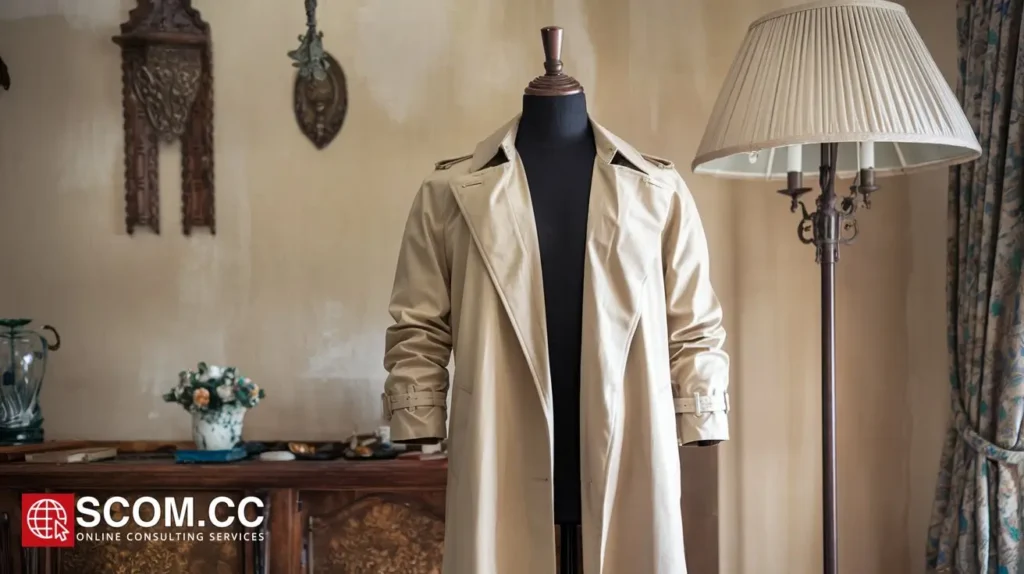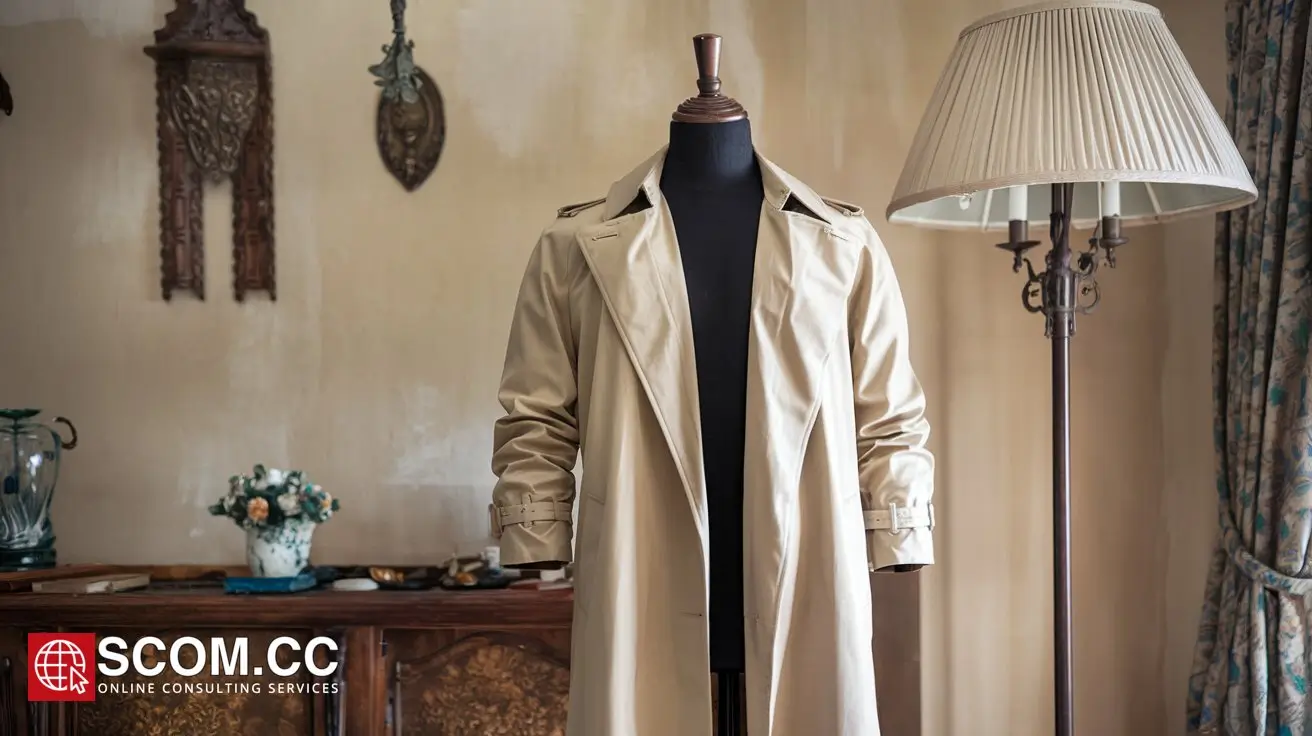What Are the Top DIY Projects for Tailors Looking to Innovate?

- What Are the Top DIY Projects for Tailors Looking to Innovate?
- Upcycling Vintage Fabrics into Modern Garments
- Creating Reversible Clothing
- Designing Custom Embellishments
- Crafting Zero-Waste Fashion
- Experimenting with Deconstruction and Reconstruction
- Personalizing with Hand-Dyed Fabrics
- Building Functional and Fashionable Accessories
- Conclusion
- Summary Table
-
FAQ
- 1. What are some beginner-friendly DIY tailoring projects?
- 2. How can I start working with zero-waste fashion?
- 3. What are the best fabrics for hand-dyeing projects?
- 4. How can I improve my deconstruction and reconstruction skills?
- 5. Can I combine multiple DIY projects in one garment?
- 6. Where can I find inspiration for new tailoring projects?
- 7. What tools do I need for these DIY projects
What Are the Top DIY Projects for Tailors Looking to Innovate?
In the world of tailoring, creativity is key. Tailors who constantly innovate not only keep their skills sharp but also stay ahead in a competitive market. Whether you’re a seasoned professional or a passionate hobbyist, diving into DIY projects can unlock new techniques, inspire fresh designs, and ultimately elevate your craft. This article explores the top DIY projects for tailors that are both innovative and practical, designed to push your boundaries and expand your repertoire.
Upcycling Vintage Fabrics into Modern Garments
Why Upcycle?
Upcycling involves taking old or unused materials and transforming them into something new and valuable. For tailors, this is an excellent way to create sustainable fashion while also experimenting with different fabrics and styles. Vintage fabrics often have unique textures and patterns that are hard to find today, making them perfect for one-of-a-kind pieces.
How to Start?
- Source Vintage Fabrics: Look for old garments, thrift stores, or fabric markets where you can find interesting materials.
- Reimagine the Fabric: Think creatively about how the fabric can be repurposed. Could an old curtain become a chic summer dress? Could vintage denim be transformed into a stylish jacket?
Project Example: Vintage Scarf Blouse
Turn a collection of vintage scarves into a flowing blouse. By piecing together different patterns, you create a patchwork effect that’s both trendy and unique.
Creating Reversible Clothing
The Appeal of Reversible Designs
Reversible clothing is not only practical but also doubles the wearability of a single garment. For tailors, crafting reversible pieces is a challenge that enhances technical skills while offering clients more versatility in their wardrobe.
Steps to Create Reversible Garments
- Choose the Right Fabrics: Select fabrics that complement each other and work well for both sides of the garment. Lightweight materials like cotton and silk are ideal.
- Focus on Finishing Techniques: Ensure all seams are clean and durable since both sides will be exposed.
- Incorporate Dual Fastenings: Design fastenings like zippers or buttons that work from both sides of the garment.
Project Example: Reversible Wrap Skirt
A reversible wrap skirt can offer two distinct looks in one piece. One side could feature a bold print, while the other is a solid color, perfect for different occasions.
Designing Custom Embellishments
Why Custom Embellishments?
Adding custom embellishments such as embroidery, appliqué, or beadwork can turn a simple garment into a masterpiece. This project allows tailors to showcase their artistic side while adding personalized touches to their creations.
How to Get Started?
- Learn Different Techniques: Experiment with embroidery stitches, appliqué methods, and beading patterns. Online tutorials or workshops can be helpful.
- Design Your Own Motifs: Create unique designs that reflect your style or tailor them to your client’s preferences.
Project Example: Embroidered Denim Jacket
Take a plain denim jacket and transform it with custom embroidery. Floral motifs, abstract designs, or even initials can make the piece stand out.
Crafting Zero-Waste Fashion
The Concept of Zero-Waste
Zero-waste fashion is an innovative approach where every piece of fabric is used, leaving no waste behind. This requires careful planning and precise cutting, making it an excellent challenge for tailors looking to refine their skills.
Steps to Achieve Zero-Waste
- Pattern Drafting: Create patterns that use every inch of fabric. This often involves unconventional shapes and creative piecing.
- Use Scraps for Accessories: Any small leftover pieces can be turned into accessories like belts, headbands, or patchwork bags.
Project Example: Zero-Waste Dress
Design a dress where the pattern pieces fit together like a puzzle, using the entire fabric width and length without any scraps.
Experimenting with Deconstruction and Reconstruction
The Art of Deconstruction
Deconstruction involves taking apart a garment and reassembling it in a new, innovative way. This technique allows tailors to explore unconventional designs and challenge traditional fashion norms.
How to Approach Deconstruction
- Analyze the Original Garment: Study the structure and seams before carefully taking it apart.
- Reconstruct with a Twist: Reassemble the pieces in a way that alters the original silhouette or design, creating something entirely new.
Project Example: Deconstructed Shirt
Take an oversized men’s shirt and deconstruct it to create a trendy off-the-shoulder top or a fitted dress. The possibilities are endless with a little creativity.
Personalizing with Hand-Dyed Fabrics
Why Hand-Dye Fabrics?
Hand-dyeing fabrics allows for complete control over color and pattern, making it a great project for tailors looking to offer something truly unique. Techniques like tie-dye, shibori, or ombré can add depth and interest to any garment.
Steps to Hand-Dyeing
- Select Dyeing Techniques: Choose a method that suits your design vision, whether it’s vibrant tie-dye or subtle ombré.
- Test and Experiment: Always test on small fabric samples first to achieve the desired color and effect.
- Incorporate the Dyed Fabric: Once dyed, use the fabric in your next tailoring project, such as a custom blouse or scarf.
Project Example: Ombré Dyed Skirt
Create a stunning ombré effect on a plain skirt, transitioning from one color to another for a striking visual impact.
Building Functional and Fashionable Accessories
The Importance of Accessories
Accessories like bags, belts, and hats are essential in completing an outfit and can be a lucrative addition to your tailoring services. Crafting accessories allows you to experiment with different materials and techniques on a smaller scale.
Innovative Accessory Ideas
- Upcycled Fabric Bags: Turn leftover fabric into trendy tote bags or clutches.
- Custom Belts: Create belts from leather scraps or embellished fabric.
- Fashionable Hats: Design unique hats that reflect current trends while offering practical sun protection or warmth.
Project Example: Patchwork Tote Bag
Use fabric scraps from previous projects to create a colorful and functional patchwork tote bag, perfect for everyday use.
Conclusion
Innovating through DIY projects is an excellent way for tailors to enhance their skills, explore new design concepts, and stay ahead in the fashion industry. Whether you’re upcycling vintage fabrics, experimenting with deconstruction, or creating zero-waste garments, these projects not only challenge your creativity but also provide unique, stylish results that will impress your clients. Embrace these opportunities to innovate, and watch your tailoring craft reach new heights.
Summary Table
| DIY Project | Details |
|---|---|
| Upcycling Vintage Fabrics | Transform old fabrics into modern garments with creative designs. |
| Creating Reversible Clothing | Craft garments that offer two looks in one for versatile fashion. |
| Designing Custom Embellishments | Personalize garments with embroidery, appliqué, and beadwork. |
| Crafting Zero-Waste Fashion | Design clothing with no fabric waste, using every scrap effectively. |
| Deconstruction and Reconstruction | Reimagine garments by deconstructing and reassembling them in new ways. |
| Hand-Dyeing Fabrics | Experiment with hand-dyeing techniques to create unique fabric designs. |
| Building Functional Accessories | Create fashionable and practical accessories like bags, belts, and hats. |
FAQ
1. What are some beginner-friendly DIY tailoring projects?
Upcycling vintage fabrics and creating custom embellishments are great starting points for beginners. They allow for creativity without requiring advanced technical skills.
2. How can I start working with zero-waste fashion?
Begin by studying zero-waste pattern drafting and planning your garments to use every piece of fabric efficiently.
3. What are the best fabrics for hand-dyeing projects?
Natural fibers like cotton, linen, and silk absorb dye well and are ideal for hand-dyeing projects.
4. How can I improve my deconstruction and reconstruction skills?
Practice on old garments, study existing deconstructed designs, and experiment with reassembling pieces in unconventional ways.
5. Can I combine multiple DIY projects in one garment?
Absolutely! For example, you can combine hand-dyeing with custom embellishments or incorporate upcycled fabric into a zero-waste design.
6. Where can I find inspiration for new tailoring projects?
Look to fashion magazines, online platforms, and vintage clothing for inspiration. Experimentation and creativity are key.
7. What tools do I need for these DIY projects
For most DIY tailoring projects, you'll need the following tools:
- Basic Sewing Kit: Includes needles, thread, scissors, measuring tape, and a seam ripper.
- Sewing Machine: Essential for most projects, especially those involving heavy fabrics or extensive stitching.
- Fabric Markers and Chalk: Useful for marking patterns and cutting lines.
- Iron and Ironing Board: Pressing seams and fabrics ensures a professional finish.
- Specialized Tools: Depending on the project, you might need tools like embroidery hoops, dyeing supplies, or leatherworking tools.

To explore more about tailoring, visit our Blog of Tailoring. If you have any questions or need assistance, go to our contact page. Additionally, you can find more information about tailoring and consulting at this tailoring and consulting portal.

Leave a Reply